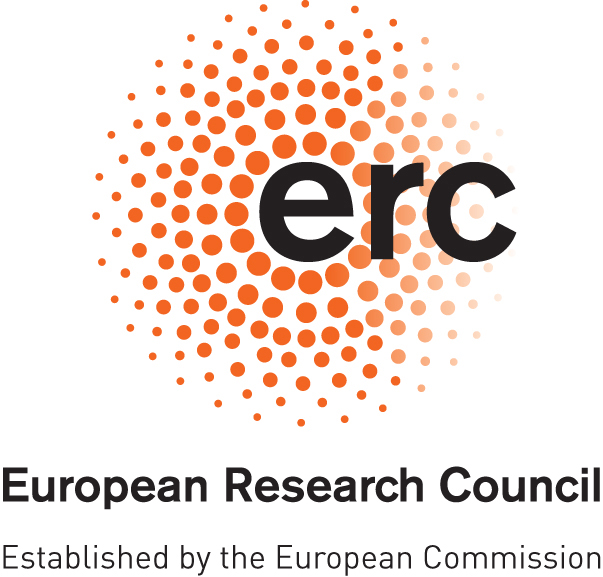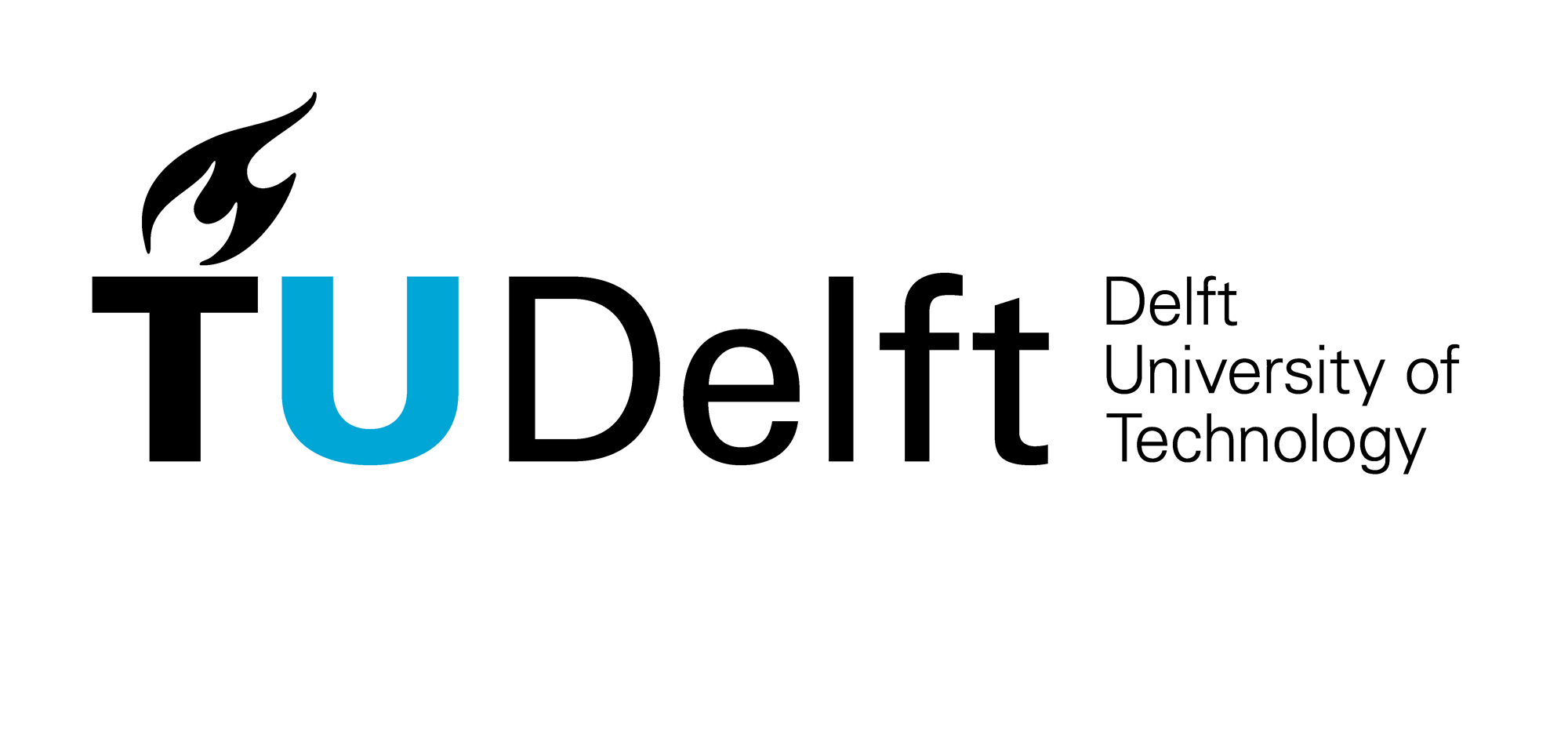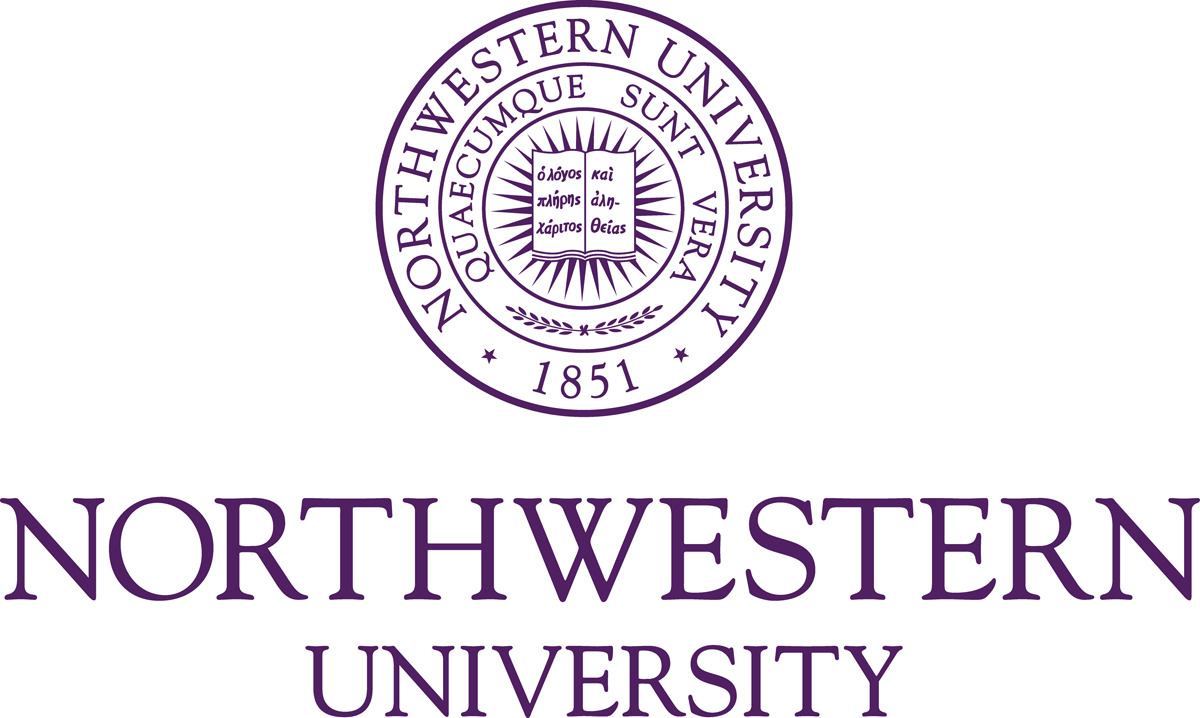Overview
Stroke is a major cause of long-term disability in Europe and the rest of the world. Interruption of the blood supply to the brain may cause damage to several areas involved in movement production and control. Up to 80% of all stroke patients present partial or complete paralysis of one side of the body after stroke onset. Poor control over the arm is specially problematic, as hand and arm movement is essential in activities of daily living. Current rehabilitation programs can help about 30% of all stroke patients to regain some arm control, leaving the majority of the patients with a wide range of disabilities.
Nowadays, there is partial understanding of the mechanisms behind recovery of arm function. In particular, the relation between changes in brain activation patterns and the recovery of motor control is in an early development phase. To obtain significant progress in this area, it is necessary to assess the evolution of brain activation patterns during the process of recovery observing a large group of stroke patients, and including a wide variety of characteristics (for example, size and location of the lesion) with initial good and poor recovery prediction.
To develop effective evidence based therapies, a better understanding of the recovery processes across multiple brain areas is mandatory. Therefore, it is necessary to develop innovative methods for accurate localization of brain activity patterns and quantification of the interactions between multiple brain areas.
The 4D-EEG project uses robotic manipulators to apply movement perturbations to the patient’s arm. These perturbations are well characterized signals, which can be tracked in the recorded activity from the brain and the muscles. High-density electroencephalogram (EEG) measures brain activity with a temporal resolution below one millisecond; an important property to accurately relate brain activity to movement, and to quantify the propagation of information through the brain. The electromyogram (EMG) measures muscle activity generated during movement. Both EEG and EMG are analyzed in relation to the movement perturbation.
The 4D-EEG methodology will describe how stroke patients adapt their movements in response to the perturbations, and how this adaptation changes over time in relation to recovery of arm function. Characteristics derived from these measurements may be used as predictors for recovery of arm function. In this way we expect to be able to identify patients who require special treatment, to select person-specific therapy that provides optimal recovery.
There are five objectives in the 4D-EEG project:
1. Identifying EEG sources with novel closed-loop system identification techniques.
2. Improving the localization of EEG source estimates.
3. Combining functional and anatomical information.
4. Application to clinical assessment: EEG biomarkers.
5. Application to other motor control tasks.


